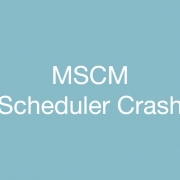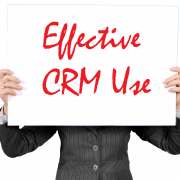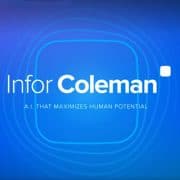It’s an exciting time in the retail space with emerging technologies such as artificial intelligence (AI), chatbots, virtual reality (VR) and augmented reality (AR). With these possibilities, the retail experience has dramatically changed its standards. New retail technologies are providing customers with what they have been longing for – relevant products, informed and fast customer service, and the ability to experience products before they arrive on their doorsteps. Some tips to consider when considering trying out new retail technologies include:
- Don’t wait to innovate
- Using AI to boost retail efficiency
- Supporting better customer service with chatbots
- Bringing experiences to customers with AR/VR
- Start your modern retail journey today
One last tip to stay ahead of the curve and avoid debt is to allow enough time and attention on how you deploy and keep up with new technologies.










